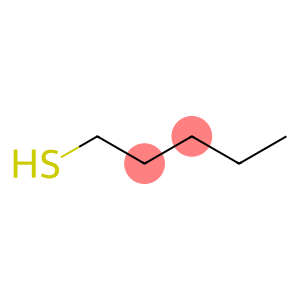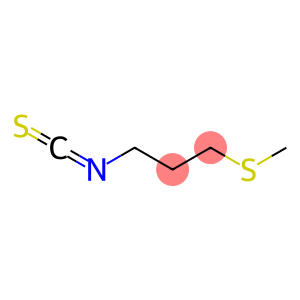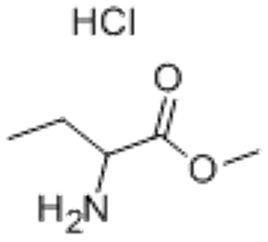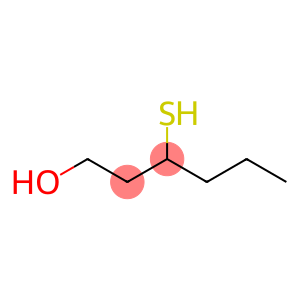Octanoic acid(CAS#124-07-2)
| Risk Codes | 34 – Causes burns |
| Safety Description | S26 – In case of contact with eyes, rinse immediately with plenty of water and seek medical advice. S36/39 - S45 – In case of accident or if you feel unwell, seek medical advice immediately (show the label whenever possible.) S36/37/39 – Wear suitable protective clothing, gloves and eye/face protection. S25 – Avoid contact with eyes. S27 – Take off immediately all contaminated clothing. |
| UN IDs | UN 3265 8/PG 3 |
| WGK Germany | 1 |
| RTECS | RH0175000 |
| TSCA | Yes |
| HS Code | 2915 90 70 |
| Hazard Note | Irritant |
| Hazard Class | 8 |
| Packing Group | III |
| Toxicity | LD50 orally in rats: 10,080 mg/kg (Jenner) |
Introduction
Octanoic acid is a colorless liquid with a peculiar odor. The following is an introduction to the properties, uses, preparation methods and safety information of caprylic acid:
Quality:
- Caprylic acid is a fatty acid with low toxicity.
- Caprylic acid is soluble in water and organic solvents such as ethanol and ether.
Use:
- It can be used as a flavor enhancer, coffee flavor, flavor thickener and surface melting drug, etc.
- Caprylic acid can also be used as an emulsifier, surfactant, and detergent.
Method:
- The common method of preparation of caprylic acid is through the transesterification of fatty acids and alcohols, i.e., esterification.
- A commonly used method for preparing caprylic acid is to react caprylic alcohol with sodium hydroxide to form sodium salt of octanol, which is then reacted with sulfuric acid to form caprylic acid.
Safety Information:
- Caprylic acid is generally safe under normal conditions of use, but care should still be taken to follow the correct method of use.
- When using caprylic acid, wear chemical protective gloves and goggles to protect the skin and eyes.
- In case of contact with skin or eyes, rinse immediately with plenty of water and seek medical assistance.
- When storing and handling caprylic acid, avoid contact with strong oxidants and flammable materials, and keep away from open flames and high-temperature environments.








